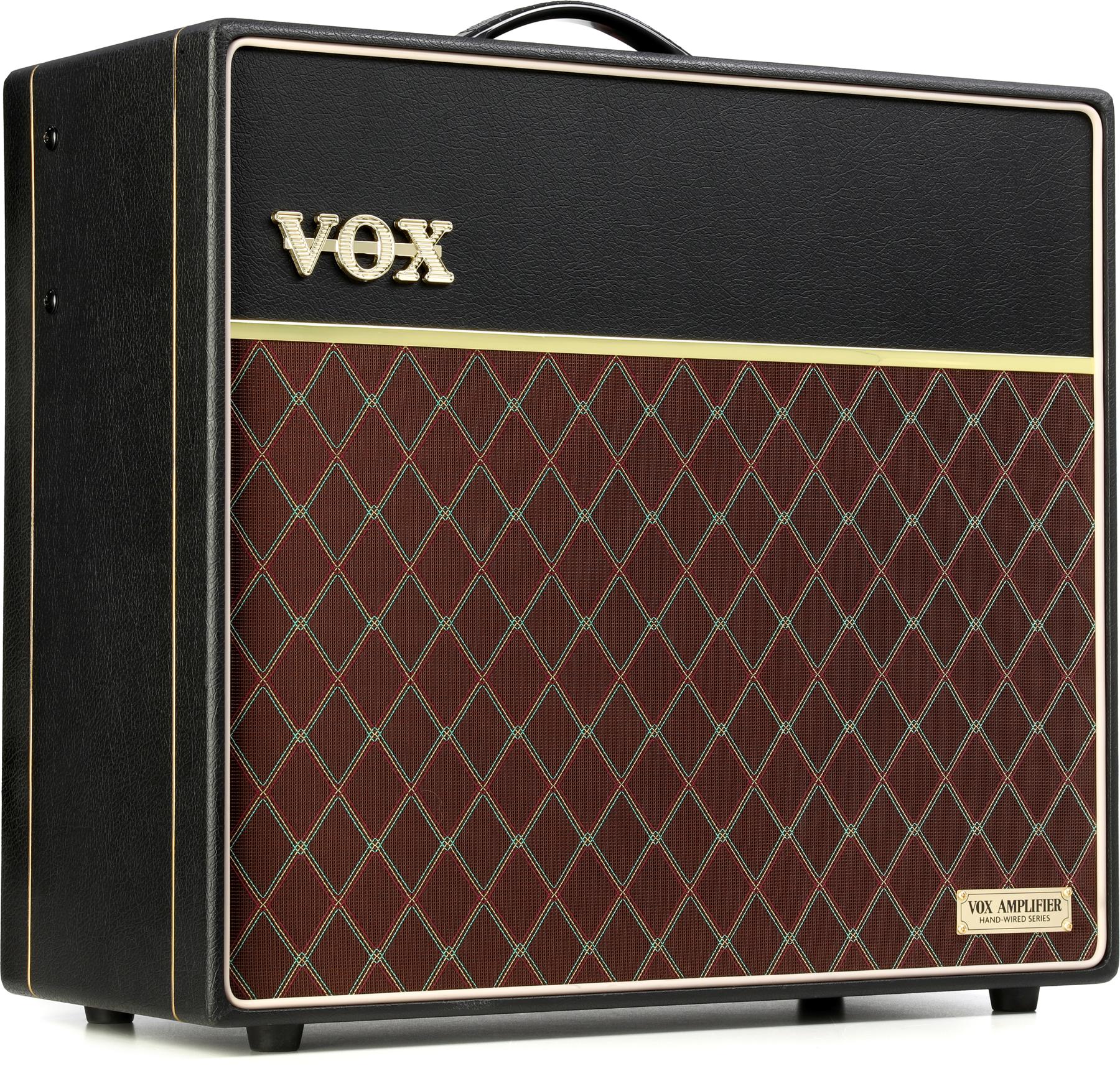RatingsPros:High quality build. Versatile voice. Super-slick playability. Cons: Austere appearance might not be for everyone. Street: $999 Yamaha Guitars usa.yamaha.com | Tones: Playability: Build/Design: Value: |
Yamaha has made classical guitars since the 1940s. But the Yamahas that truly put the company on the flattop map were the FG series, a range of steel-string flattops that appeared in the mid ’60s. Affordable, and often fantastically well-built for the money, original Yamaha FGs were, for thousands of players, the first really good guitar they would own. Not surprisingly, a sizable cult of players now sings the praises of these sturdy vintage values.
Yamaha’s new FG/FS Red Label lineup visually evokes those early red-label FG Yamaha steel-strings. But the modern incarnations add up-to-date features like a new scalloped bracing pattern, Yamaha’s “Atmosfeel” pickup and preamp system, and tonewoods “aged” through the company’s pressure-, humidity-, and temperature-treating process. And while they aren’t quite as inexpensive as their FG forebears (The FSX3 reviewed here is $999, and the top-of-the-line FGX5 comes in at nearly $1,400.), they are high-quality and super-playable instruments at a fair price.
Modesty Hides Solidity
The FG/FS Red Label series includes eight all-solid-wood models in two body sizes: the “traditional Western” dreadnought and the 000/OM-sized concert. 5-level guitars in the series are made at Yamaha's Custom Shop in Japan. 3-level guitars (including the FSX3) are made in Yamaha's factory in China.
At a glance, our humble looking FSX3 could easily be mistaken for one of its Nippon Gakki, Japan-made ’60s counterparts. The Sitka spruce top has that familiar amber complexion that any longtime Yamaha player or guitar-shop-goer would recognize. It’s decorated with a simple rosette, and the vintage Yamaha logo of three interlocked tuning forks adorns the signature V-notched headstock. Other appointments are kept to a minimum: just a little black-and-white binding and small dot position markers on the fretboard. Open-geared tuners recall vintage Yamaha FG instruments.
While comparatively austere, the FSX3 is clearly not a product of cutting corners. It feels better built than the original FG guitars, which is no small compliment. The matte finish on the neck and body feels silky and is free of imperfections. Frets are smoothly crowned and polished, and free from jaggedness at the edges. Bracing and kerfing inside the body are applied with precision.
Easy Playmate
I’m well acquainted with OM-size guitars. And at 14 15/16" wide at the lower bout and 4 5/16" at its deepest point, the Yamaha has the compact, comfortable feel of an OM or 000. The mahogany neck, with its medium C-shaped profile, feels fast along its entire length and is free of buzz. I didn’t have a ’60s or ’70s Yamaha steel-string at hand for comparison, but the FSX3 definitely played better than any of the vintage examples I can recall.
The same goes for the FSX3’s sound. As with all of the guitars in the FG/FS Red Label lineup, the top is treated via Yamaha’s Acoustic Resonance Enhancement (A.R.E.) process, which subjects the wood to pressure, heat, and dehumidifying factors that effectively “age” the wood—simulating years of playing.
With mahogany back and sides—and presumably some help from the A.R.E process, the FSX3 possesses a warm overall tone signature, but with a pronounced oomph in the midrange that complements and enhances the soft and rich mahogany tones. It sounds woodier and livelier than the vintage examples I’ve tried, and in general it’s a lot more inspiring to play. With a 1.75" nut, the FSX3 is geared for fingerstyle. And the FSX3’s voice seems made for fingerstyle techniques, too. It’s balanced, full of detail, and suited to the melodic intricacies of everything from interpreting lute compositions to melodic improvisations in DADGAD. That balance between registers also means the FSX3 responds equally well to a pick. It feels responsive and sounds immediate, direct, and pleasingly dry in ways that would make it a real studio asset.
The Atmosfeel electronics, by the way, make the Yamaha a better-than-serviceable performance partner, too. The three low-profile controls on the upper bass bout, which calls to mind Taylor’s preamp control layout, make it easy to interact with mid-performance. And the ability to blend internal microphone and pickup sounds enables you to sculpt output that can be optimized for airy, detailed, solo settings, or situations where you need undersaddle snap and presence to get across in a band mix.
The Verdict
With the Red Label FSX3, Yamaha has paid cool homage to its much-loved original red-label-instruments heritage in an all-solid-wood guitar that feels great, exhibits real versatility, and is free of the old-guitar baggage that comes with vintage examples. And though the styling might be too sedate for some, the FSX3 delivers in terms of playability and, at times, its positively golden sound.






















